How to social media
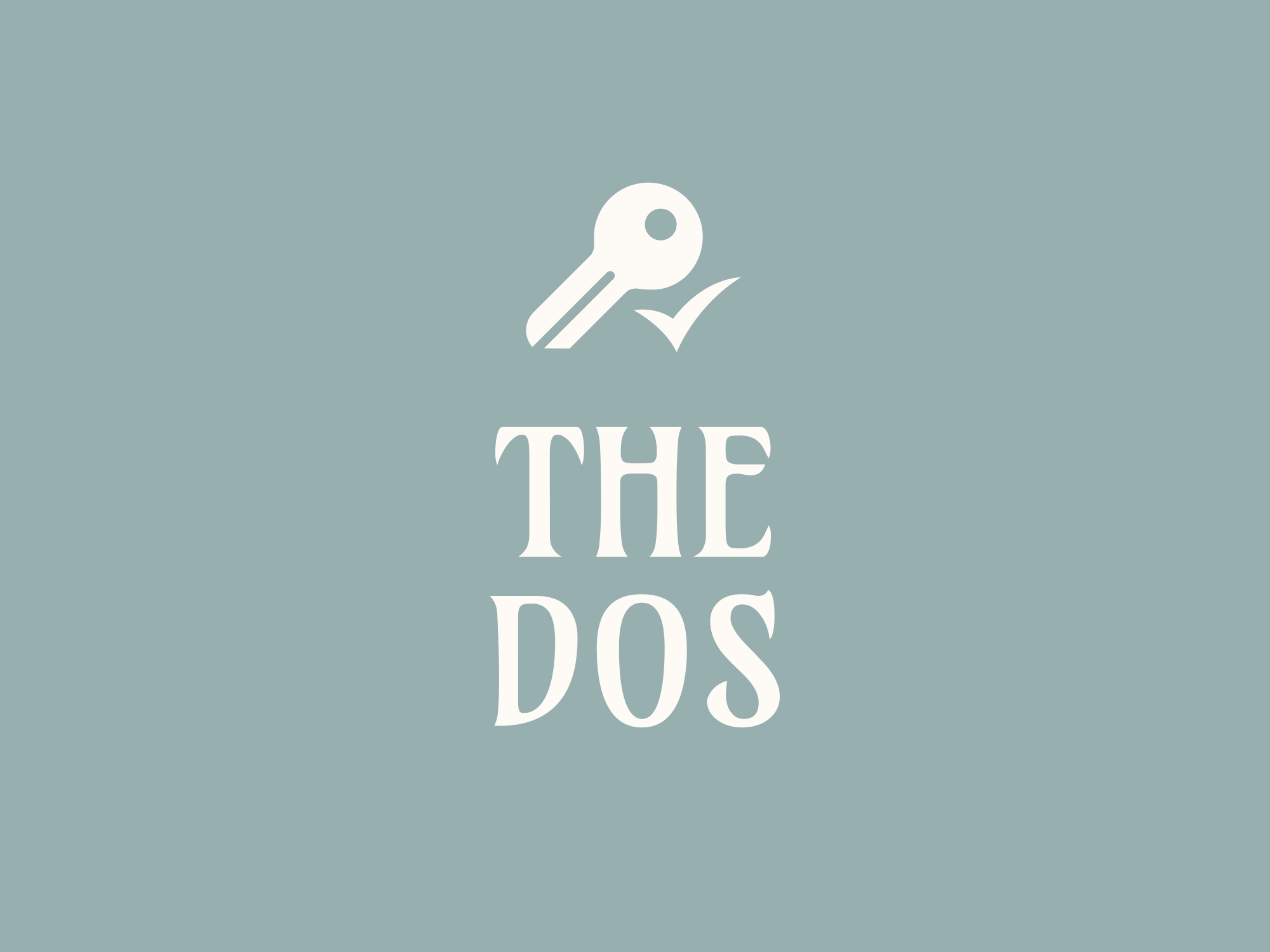
- Be Authentic: Share genuine content that reflects your brand’s voice and values.
- Engage Actively: Foster a community by responding to comments, hosting Q&As, and creating interactive posts.
- Utilize Analytics: Use analytics tools to inform your strategy and make data-driven decisions.
- Embrace Variety: Experiment with different types of content, such as videos, infographics, and live streams.
- Run Contests and Giveaways: These can increase engagement and attract new followers.
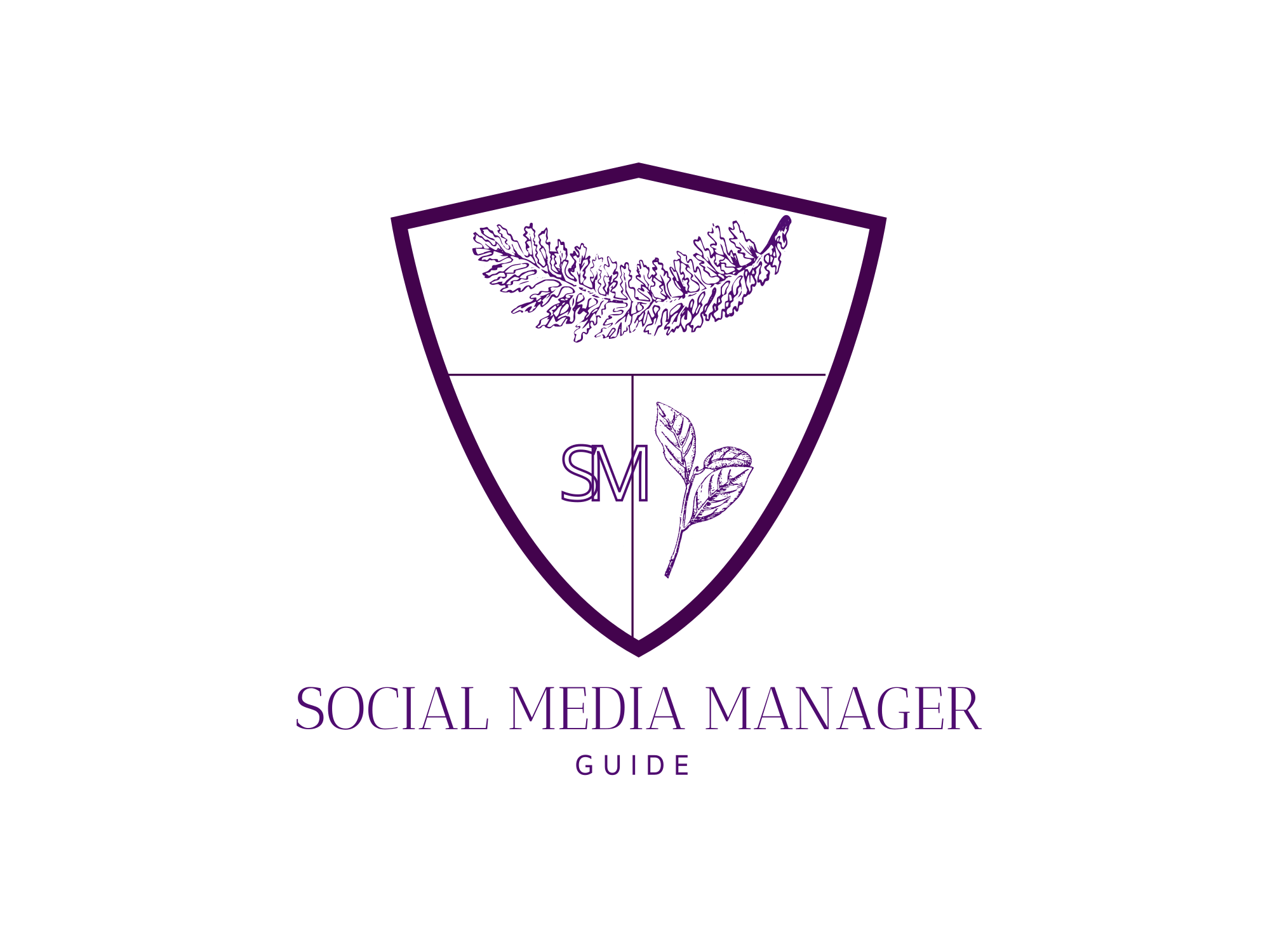
The Essential Guide to Social Media Management:
Daily, Weekly, and Monthly Tasks
In today’s digital landscape, a strong social media presence is critical for brands looking to engage with their audience, promote their products or services, and foster community. A skilled social media manager plays a pivotal role in shaping and executing a brand’s social media strategy. Here’s a breakdown of what a good social media manager should be doing on a daily, weekly, and monthly basis, along with insights on successful media campaigns and best practices for growing your social media presence.

- Avoid Neglecting Engagement: Ignoring comments and messages can harm your brand’s reputation.
- Don’t Over-Schedule: Excessive automation can make your social media presence seem impersonal.
- Avoid Controversy: Steer clear of engaging in controversial topics unless they align with your brand’s identity and values.
- Don’t Buy Followers: This strategy can lead to low engagement rates and damage credibility.
- Avoid Being Overly Promotional: Focus on providing value rather than constantly pushing sales; aim for a healthy balance of promotional and informative content.
Daily Tasks
Content Creation and Curation: Social media managers should create engaging content tailored to their audience. This can include graphics, videos, and written posts. Additionally, curating relevant industry news or user-generated content can foster community engagement.
Engagement and Community Management: Actively responding to comments, messages, and mentions is crucial. Engaging with followers helps build relationships and increases brand loyalty.
Monitoring Analytics: Reviewing daily metrics to assess the performance of posts and overall engagement rates enables managers to understand what resonates with their audience.
Social Listening: Keeping an ear to the ground for brand mentions and industry trends allows managers to stay informed about audience sentiment and potential PR issues.
Scheduling Posts: Ensuring that posts are scheduled at optimal times to reach the maximum audience is vital for engagement.
Weekly Tasks
Content Planning: Developing a content calendar for the week ahead, including themes, campaigns, and specific posts, helps streamline efforts and maintain consistency.
Performance Review: Analyzing weekly analytics provides insights into which posts performed best and allows managers to adjust strategies accordingly.
Competitor Analysis: Reviewing competitors’ social media activities can reveal new trends and strategies that can be adapted for your own brand.
Collaboration: Weekly check-ins with other departments (like marketing, PR, and customer service) can ensure that social media messaging aligns with broader company goals.
Trend Monitoring: Staying updated on the latest social media trends, tools, and platform updates is essential for keeping content fresh and relevant.
Monthly Tasks
Comprehensive Reporting: Creating a detailed report on social media performance over the month helps in evaluating the effectiveness of strategies and setting future goals.
Campaign Planning: Developing and outlining major campaigns for the month ahead, including promotional events, product launches, or seasonal themes, is essential for organized execution.
Audience Analysis: Reviewing audience demographics and engagement patterns helps refine targeting and tailor content to better meet audience needs.
Training and Development: Investing time in learning new tools, techniques, or social media features keeps the team sharp and enhances overall effectiveness.
Reviewing Paid Advertising: Analyzing the performance of any paid advertising efforts allows for budget adjustments and optimization of ad strategies.
What Does a Successful Media Campaign Look Like?
A successful social media campaign is characterized by clear objectives, a well-defined target audience, and engaging content that resonates with users. Here are some key indicators of success:
-
Engagement Metrics: High levels of likes, shares, comments, and mentions indicate that the content is resonating with the audience.
-
Growth in Followers: A steady increase in followers during the campaign signifies effective outreach and interest.
-
Traffic and Conversions: An increase in website traffic and sales conversions directly linked to the campaign demonstrates its effectiveness.
-
Brand Sentiment: Positive feedback and sentiment analysis provide insight into how the audience perceives the brand post-campaign.
Conclusion
Social media management is a dynamic role that requires a blend of creativity, analytical thinking, and strategic planning. By adhering to daily, weekly, and monthly tasks, and understanding what makes a campaign successful, social media managers can effectively grow their brand’s online presence. With the right approach, brands can foster meaningful connections with their audiences, turning social media into a powerful tool for engagement and growth.
Ranking All the Social Media Platforms:
Which Are the Most Useful and Which Are a Waste of Time?
In today’s digital landscape, social media platforms have become ubiquitous, shaping how we communicate, share information, and connect with others. With a multitude of options available, it’s essential to determine which platforms are genuinely useful and which may not be worth your time. In this article, we will rank various social media platforms based on their utility, user engagement, and overall impact.
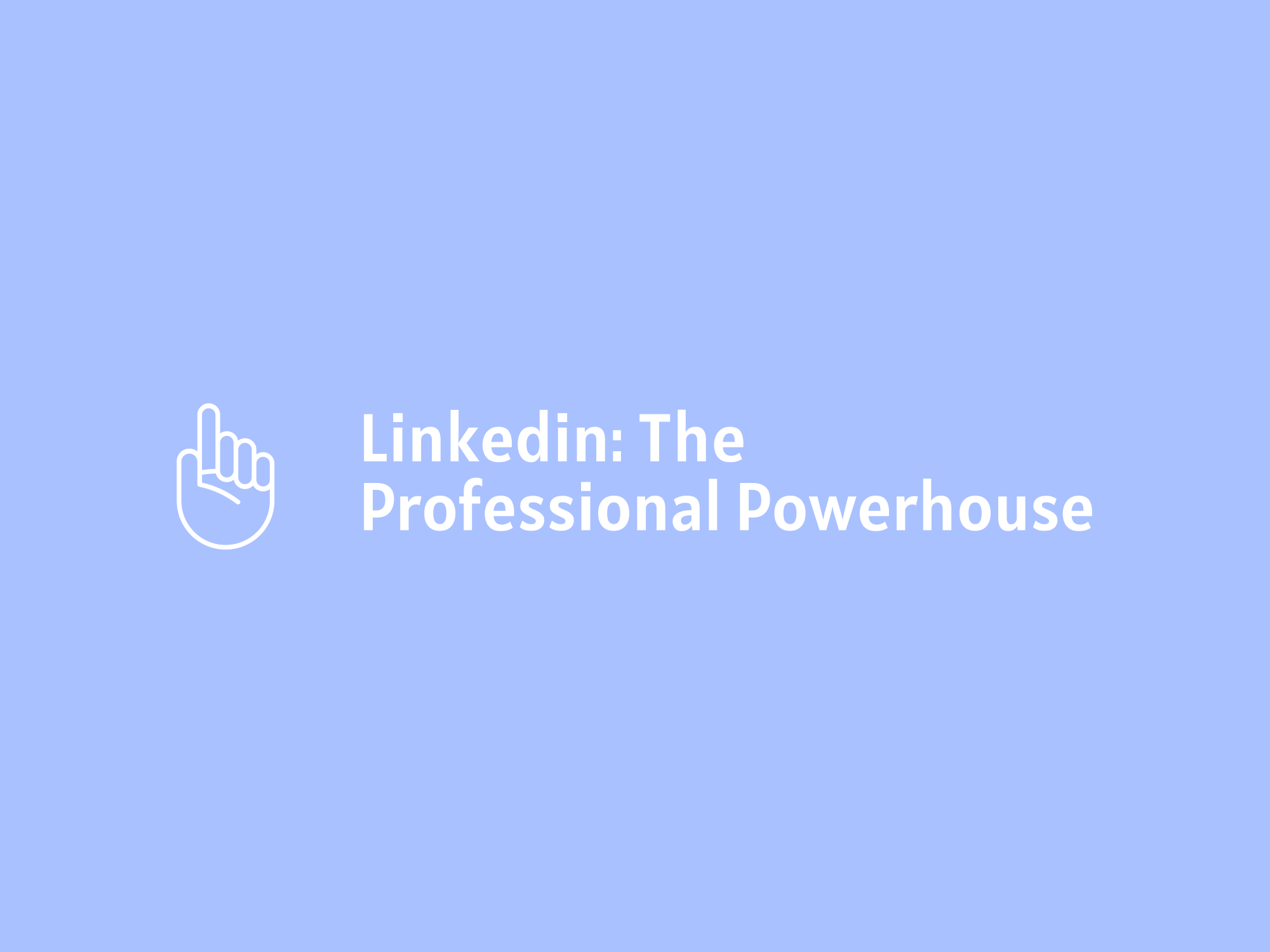
Utility: High
Engagement: High
Verdict: Essential
LinkedIn stands out as the premier platform for professional networking. Its utility lies in connecting job seekers with employers, fostering professional relationships, and sharing industry insights. With features such as job postings, endorsements, and professional content sharing, LinkedIn is indispensable for anyone looking to advance their career or network within their industry.

Utility: High
Engagement: Mod.
Verdict: Valuable
Twitter excels at delivering real-time information and breaking news. It’s a platform where trends emerge rapidly, making it a useful tool for staying informed on current events and following thought leaders. However, the character limit can sometimes hinder in-depth discussions, and the noise can be overwhelming. For those interested in timely updates and interactions, Twitter remains a valuable asset.

Utility: Moderate
Engagement: High
Verdict: Mixed
Facebook remains one of the largest social media platforms, offering a wide range of functionalities—from event planning to marketplace transactions. While it allows users to connect with friends and family, share photos, and join interest groups, many users report feeling overwhelmed by the sheer volume of content and advertisements. Its value is contingent upon how actively one uses it; for some, it’s a vital connection tool, while others find it a time sink.

Utility: Moderate
Engagement: High
Verdict: Val. 4Creative
Instagram is particularly useful for those in creative fields such as photography, fashion, and marketing. Its focus on visual content makes it a great platform for brand promotion and engagement. However, for users seeking substantial conversations or news, it may feel superficial. If you thrive on aesthetics and community, Instagram can be a powerful tool, but it might not be as beneficial for more serious discourse.
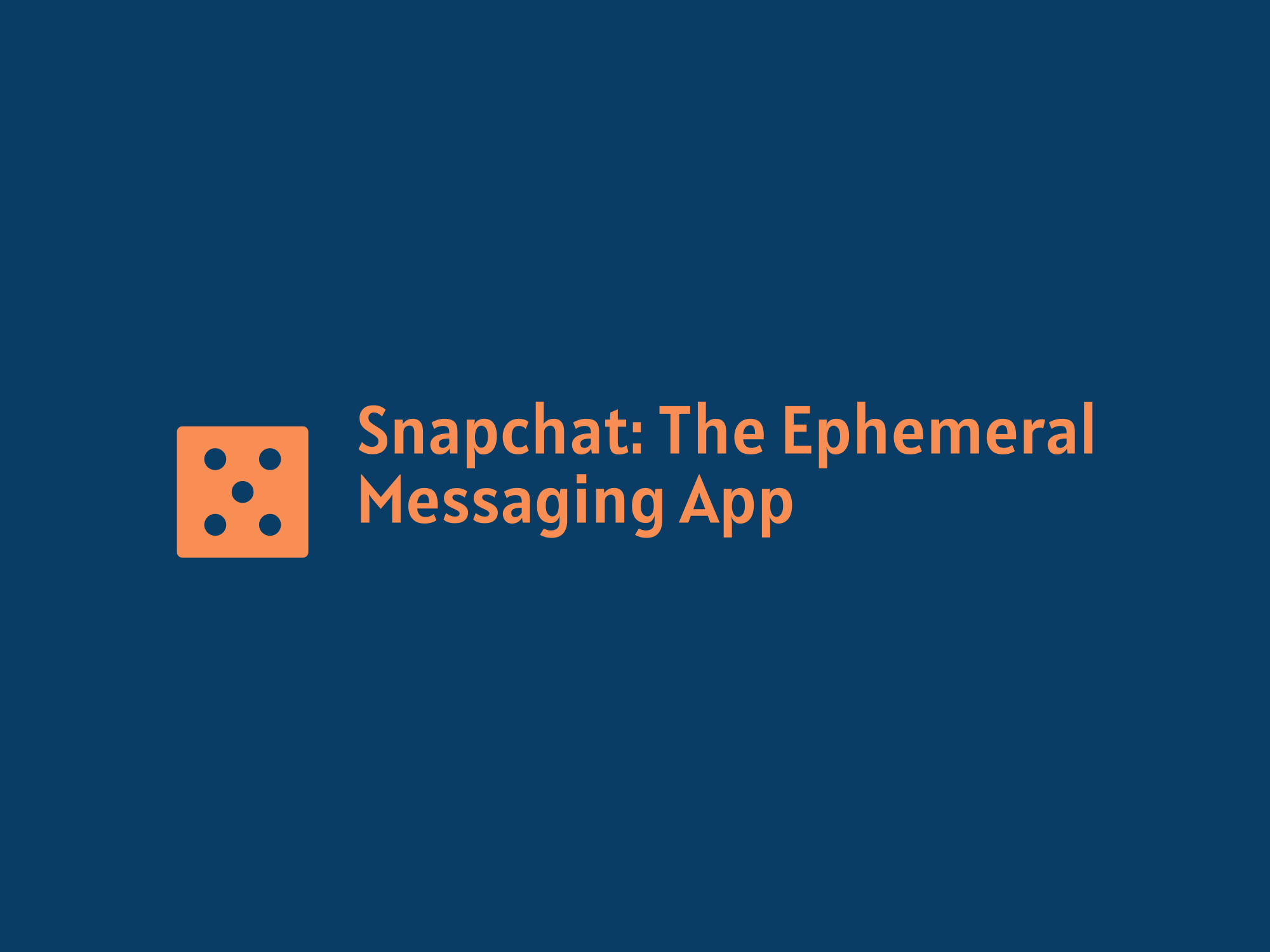
Utility: Low
Engagement: Mod.
Verdict: For Youth
Snapchat’s primary appeal is its ephemeral messaging and fun filters. While it fosters a sense of immediacy and intimacy among friends, its utility beyond personal communication is limited. For users looking for lasting connections or professional networking, Snapchat may feel like a distraction rather than a valuable platform.

Utility: Moderate
Engagement: High
Verdict: Entertaining
TikTok has rapidly risen in popularity, particularly among younger demographics. It excels in entertainment, with short-form videos that capture attention quickly. While it offers creative expression and can serve as a marketing tool for brands, its addictive nature and endless scroll can lead to significant time wastage. For those seeking to unwind or showcase creativity, TikTok is engaging, but it might not be the most productive use of time.
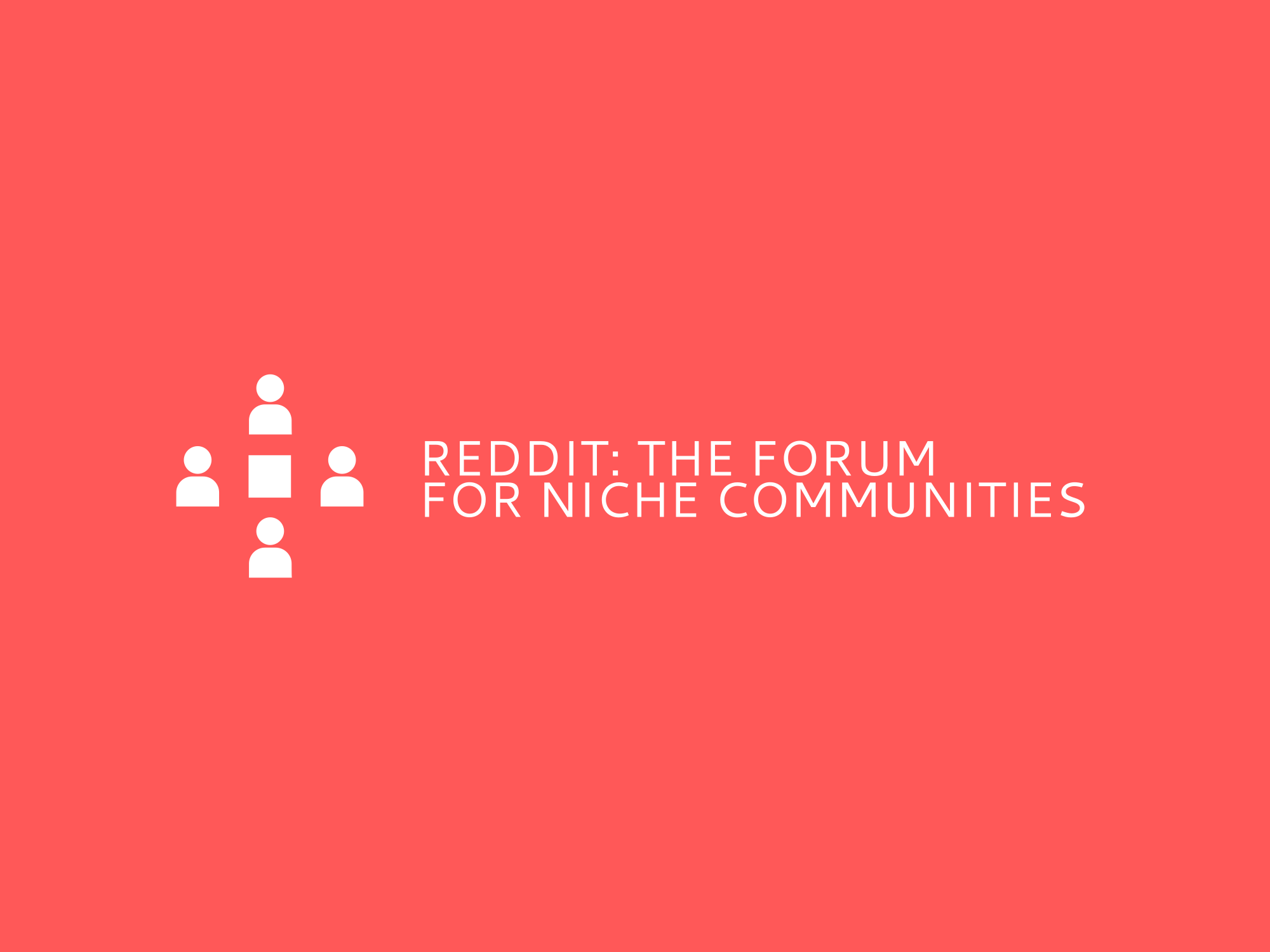
Utility: High
Engagement: High
Verdict: Informative
Reddit is often overlooked in traditional social media rankings but offers immense value through its diverse range of forums (subreddits). Users can engage in discussions about virtually any topic, seek advice, and share experiences. Its community-driven approach makes it a valuable source of information and perspective. However, it can also devolve into echo chambers, so users should engage critically.

Utility: Moderate
Engagement: Mod.
Verd.: Useful Inspirat.
Pinterest is primarily a visual discovery platform, great for finding and saving ideas related to DIY, fashion, recipes, and more. While it can be useful for planning and inspiration, its utility is more niche compared to other platforms. Users seeking inspiration may find it helpful, while those looking for social interaction might find it lacking.
Conclusion: Finding Your Fit
The usefulness of social media platforms largely depends on individual goals and preferences. While LinkedIn and Reddit offer substantial value for professional networking and information, others like TikTok and Snapchat can provide entertainment but may lead to time-wasting if not approached mindfully.
In evaluating your social media usage, consider what you hope to achieve: Are you looking to network professionally, stay informed, connect with friends, or simply find entertainment? Understanding your goals can help you navigate the digital landscape more effectively, ensuring you maximize the benefits of social media while minimizing distractions.
Social Media Team

Labor unions and non-profits thrive on social media platforms that boost engagement and awareness. Facebook remains vital for connecting with members and sharing events. Twitter is effective for quick updates and advocacy efforts, while Instagram’s visual nature helps tell impactful stories. LinkedIn serves well for professional networking and building partnerships. TikTok is emerging as a fun way to reach younger audiences through creative content. Choosing the right platforms depends on the target audience and the goals of the organization. Each platform can enhance visibility and connect with the community.
To build a social media team, start by defining roles. Identify key positions like a content creator, a community manager, and an analyst. Look for people with experience in social platforms and a passion for communication. Ensure each member understands your brand’s voice and goals. Train them on tools for scheduling posts and analyzing engagement. Encourage teamwork and open communication to share ideas and feedback. Set clear expectations for performance and deadlines. Regularly review progress and adjust strategies based on results. This approach helps create a strong, effective team.


A union non-profit should consider a social media team of three to five members. This size allows for diverse skills while keeping communication clear. A team lead can manage overall strategy and oversight. One or two content creators can handle posts, graphics, and videos. A dedicated analyst can track engagement and adjust tactics. This setup balances workload and ensures effective outreach without overspending. Adapting to member needs and community feedback is key to success.
A 3 to 5 person social media team usually includes a social media manager, a content creator, a designer, and a data analyst. The social media manager plans the overall strategy and oversees daily operations. The content creator writes posts and engages with the audience. The designer produces visuals that capture attention. The data analyst tracks performance metrics and provides insights to improve future posts. Each role is vital for building a strong online presence and reaching target audiences effectively.


Volunteers can take on the roles of social media managers, content creators, designers, and data analysts, dedicating around 10 to 30 hours a week. They handle tasks like posting on social platforms, writing articles, creating visuals, and analyzing engagement data. Each role requires specific skills and focus. For example, social media managers craft posts that engage audiences. Content creators develop material that informs or entertains. Designers make visuals that catch the eye. Data analysts track metrics to improve strategies. By combining their efforts, volunteers support overall goals and outreach. Their commitment brings valuable skills to organizations in need.
Building a Successful Social Media Team:
Roles, Responsibilities, and Best Practices
In today’s digital landscape, an effective social media strategy is paramount for brand visibility and engagement. For companies looking to bolster their online presence, a dedicated social media team is essential. A typical team of 3 to 5 individuals often comprises a social media manager, a content creator, a designer, and a data analyst. Each role plays a vital part in executing a cohesive social media strategy. Here’s a breakdown of their daily, weekly, and monthly responsibilities, along with best practices to ensure success.
Roles and Responsibilities
1. Social Media Manager
Daily Responsibilities:
-
Monitor all social media channels for brand mentions and engage with followers.
-
Schedule posts across platforms using social media management tools.
-
Stay updated with social media trends and platform updates.
Weekly Responsibilities:
-
Plan and strategize upcoming content based on performance metrics and audience feedback.
-
Conduct competitor analysis to identify opportunities and threats.
-
Collaborate with team members to align content strategies with brand objectives.
Monthly Responsibilities:
-
Prepare performance reports to analyze social media metrics, ROI, and growth.
-
Set goals and KPIs for the upcoming month based on past performance.
-
Host team meetings to review strategies and brainstorm innovative campaigns.
2. Content Creator
Daily Responsibilities:
-
Create engaging and relevant content tailored to each social media platform.
-
Collaborate with the designer to ensure content is visually appealing and on-brand.
-
Monitor audience engagement and respond to comments and messages.
Weekly Responsibilities:
-
Research trending topics, hashtags, and audience interests to inform content creation.
-
Draft a content calendar that outlines the week’s posting schedule.
-
Create and share video content, infographics, and other multimedia elements.
Monthly Responsibilities:
-
Review content performance to assess what types of posts resonate with the audience.
-
Revise the content strategy based on insights and feedback.
-
Participate in brainstorming sessions to develop creative campaigns.
3. Designer
Daily Responsibilities:
-
Create graphics, images, and videos for social media posts as needed.
-
Ensure that all visual content aligns with the brand’s aesthetic and guidelines.
-
Collaborate with the content creator to develop multimedia content.
Weekly Responsibilities:
-
Update and optimize design templates for different types of posts (e.g., quotes, promotions).
-
Gather feedback on designs from team members and make necessary revisions.
-
Stay current with design trends to maintain a fresh and modern look.
Monthly Responsibilities:
-
Review visual content performance and identify which designs garner the most engagement.
-
Conduct audits of the visual assets to ensure they meet branding standards.
-
Develop a visual strategy that complements the overall content strategy.
4. Data Analyst
Daily Responsibilities:
-
Track and monitor social media metrics in real-time using analytics tools.
-
Provide insights into audience engagement, demographics, and behaviors.
-
Identify any immediate issues affecting performance, such as low engagement on certain posts.
Weekly Responsibilities:
-
Compile weekly reports on social media performance, highlighting trends and anomalies.
-
Share insights with the team to inform content creation and strategy.
-
Analyze competitor performance and industry benchmarks.
Monthly Responsibilities:
-
Conduct a comprehensive analysis of social media data to evaluate overall strategy effectiveness.
-
Recommend adjustments to campaigns based on performance metrics and audience feedback.
-
Prepare presentations for stakeholders to showcase social media performance and insights.